What Standards Apply to Cotton Baling Film
2025-05-15
Cotton baling film standards are crucial for safeguarding cotton quality during storage and transport. These standards cover aspects like material quality, physical properties, and environmental impact.
Material Quality Standards
The raw materials used in cotton baling film must be of high quality. For instance, the base resin, often polyethylene (PE), should be free from impurities. High - density polyethylene (HDPE) is preferred in many cases due to its excellent strength and durability. The film should also be resistant to UV rays, as cotton bales are often stored outdoors. A common test for UV resistance is to expose the film to simulated sunlight in a laboratory for a specified period, typically 500 - 1000 hours, and then measure any changes in its physical properties such as tensile strength and elongation...
Physical Property Standards
- Tensile Strength: The film needs to have sufficient tensile strength to withstand the forces during baling, handling, and transportation. For example, a typical requirement might be a minimum tensile strength of 20 - 30 MPa in both the machine - direction (MD) and transverse - direction (TD). This ensures that the film doesn't tear easily when wrapped around the cotton bales.
- Elongation at Break: An appropriate elongation at break is essential. It should be able to stretch to a certain extent without breaking. A common standard is an elongation at break of 300% - 500% in both MD and TD. This property allows the film to conform tightly to the shape of the bale.
- Thickness Uniformity: The thickness of the film should be consistent. Variations in thickness can lead to weak spots in the film. Industry standards often specify a thickness tolerance of ±5 - 10%, depending on the overall thickness of the film. For a 70 - micron - thick film, the acceptable thickness range would be 63 - 77 microns.
Packaging - Related Standards
- Size and Coverage: The dimensions of the film rolls should be suitable for the size of the cotton bales. For standard - sized cotton bales in the US, which are approximately 1.37 - 1.40 m in length, 0.51 - 0.53 m in width, and 0.84 m (or less) in average bulge thickness, the film should be wide enough to fully cover the bale with an appropriate overlap. Usually, a film width of around 2.7 m is common for these bales.
- Adhesion Properties: If the film has adhesive properties (such as self - adhering films), the adhesion strength should be sufficient to keep the film in place but not so strong that it damages the cotton when removed. A standard for adhesive strength might be in the range of 3 - 6 N/cm².
You Might Also Like
-
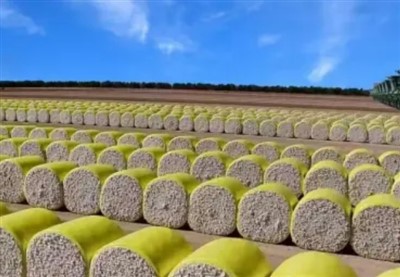
what are the advantages of cotton packaging film
-
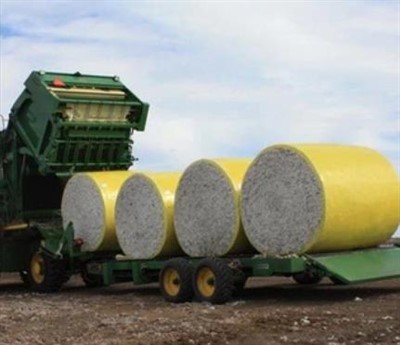
The Advantages of Cotton Wrap Film
-
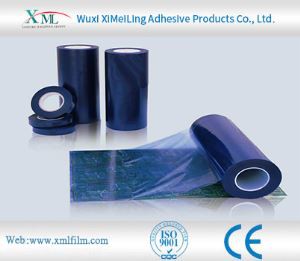
How does pe protective film cope with high temperature environment
-
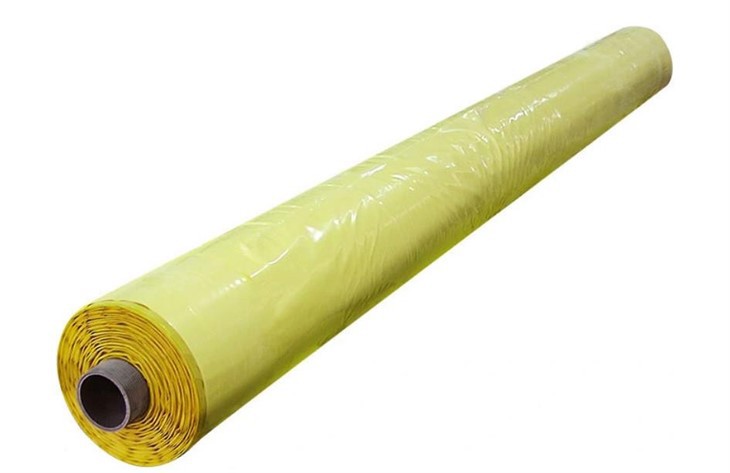
Advantages of Cotton Bale Wrap Film
-
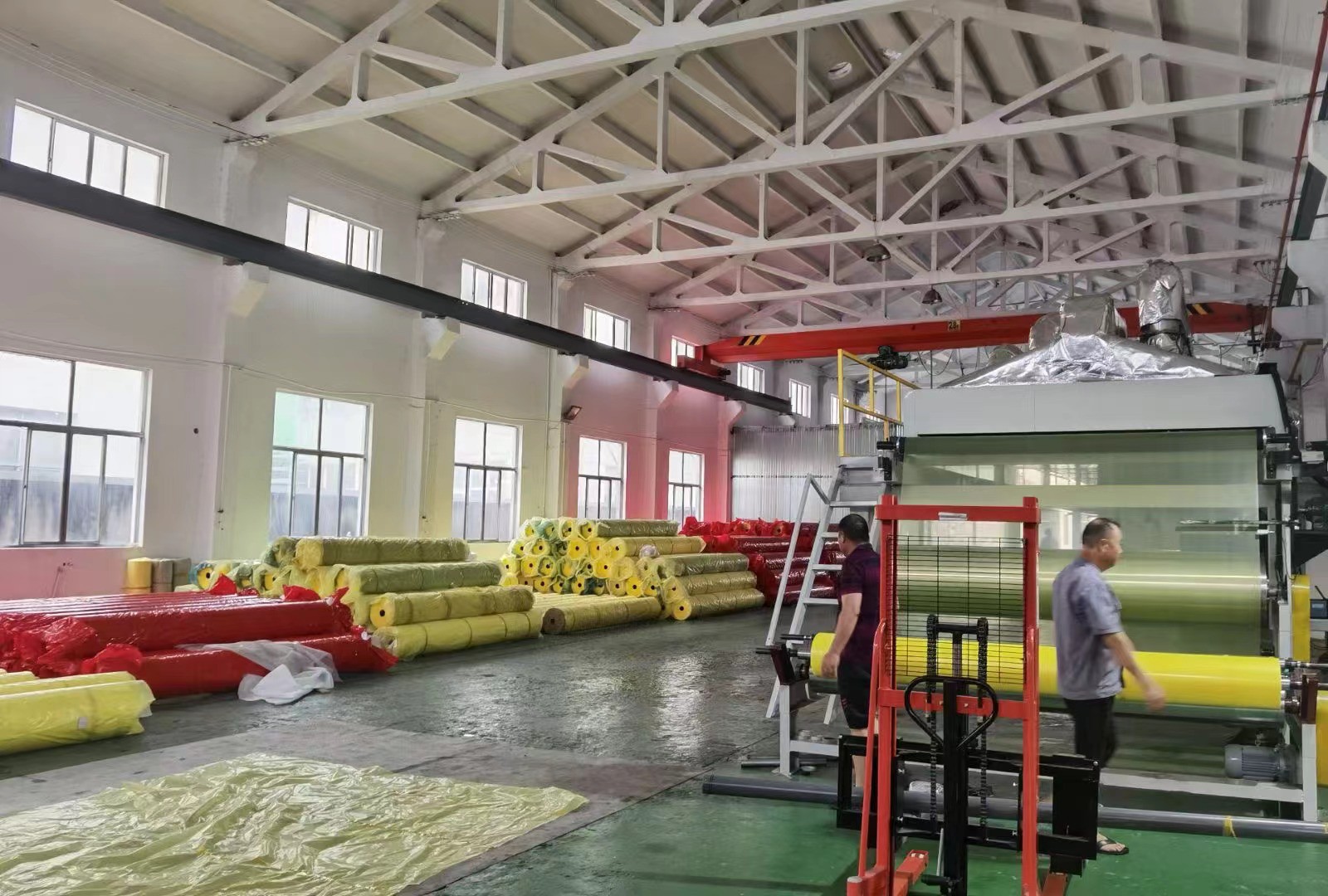
Storage method of cotton bale wrap film
-
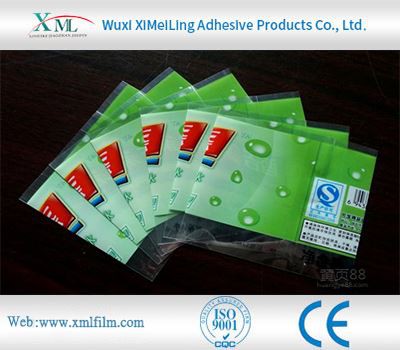
How Polyethylene Packaging Material Copes with High Temperature Environment
